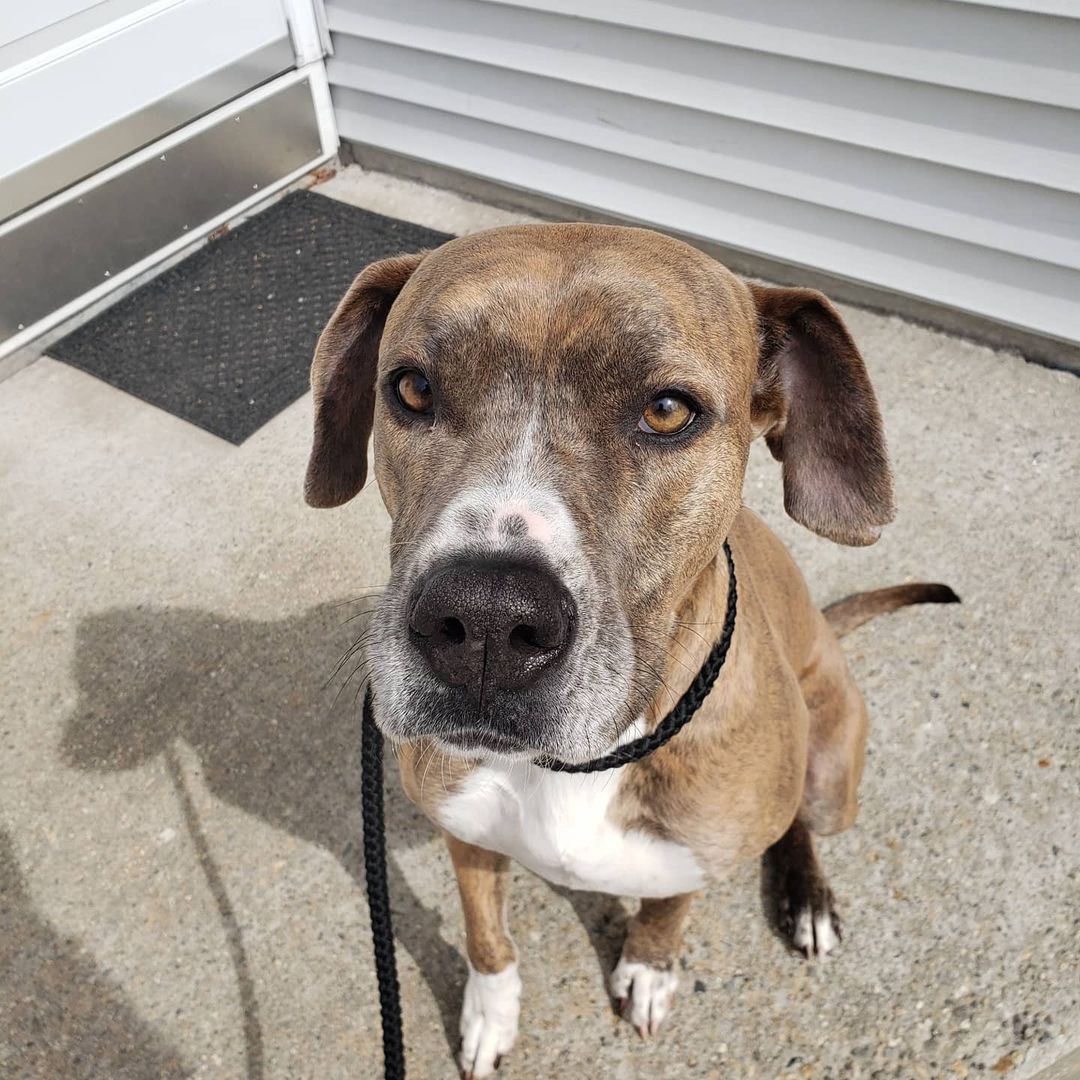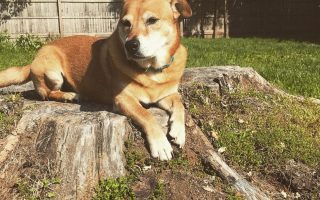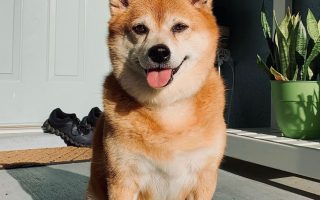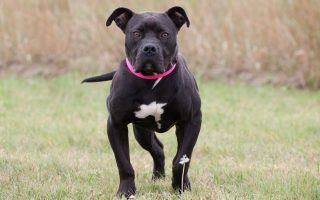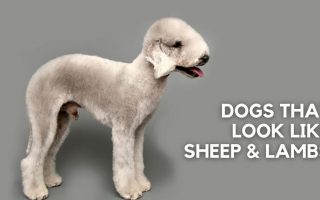Choosing a new dog can often be rather overwhelming.
This is particularly true for those with no previous experience with dogs.
With so many breeds and their different varieties, potential dog owners are often left bewildered.
In addition to a plethora of options, the classification of breeds is often not so clear and can add to the overall confusion.
Especially since some of the breeds are known under several different names.
If you’ve set your sights on the active, intelligent, and energetic pet, Australian Cattle Dog will likely be near the top of your list.
Still, future owners of this breed face many questions.
Which variant of this breed should they choose, what’s the difference between Australian Cattle Dog vs Blue Heeler, are they actually the same dog, and so on.
Below you’ll find the answers to these questions and plenty of other useful information on this amazing breed.
[wpsm_toplist]
Australian Cattle Dog VS Blue Heeler – What’s the Difference?
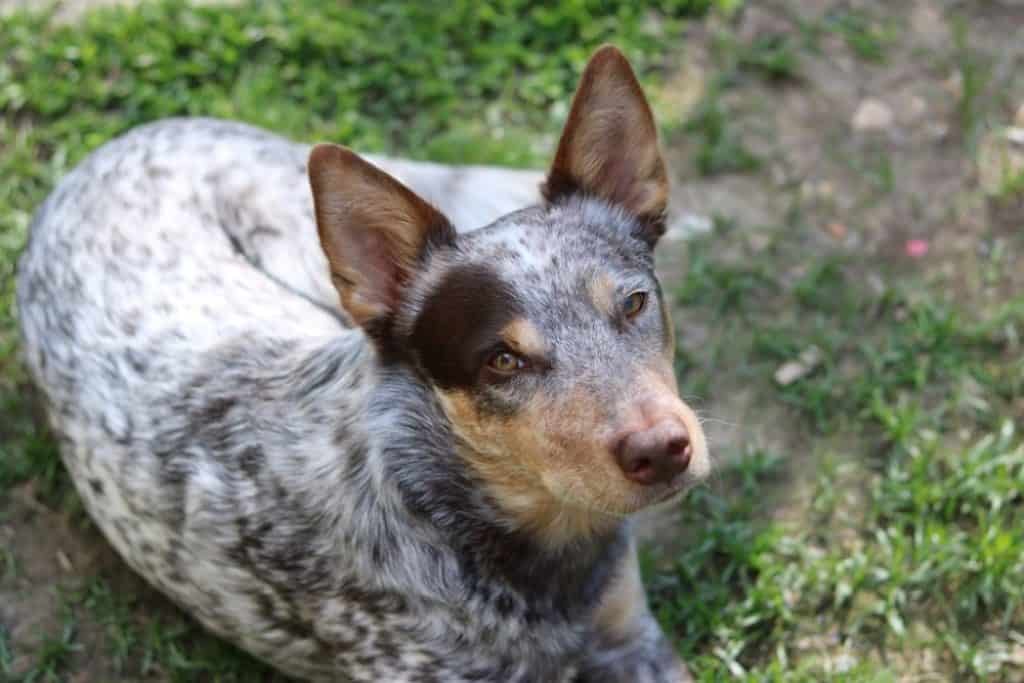
When thinking of getting an Australian Cattle Dog, you will likely try to do some prior research on the breed.
Using multiple sources, you may find this breed being named differently in each of them.
Besides Australian Cattle Dogs, they’re also called Queensland Heelers, Halls Heelers, Red Heelers, and most commonly, Blue Heelers.
However, Australian Cattle Dog vs Blue Heeler dilemma is actually no dilemma at all. These are the same dogs.
Blue Heeler is just a name for the Australian Cattle Dog that features a blue-colored coat.
Just the same as the red-coated Australian Cattle Dog is known as a Red Heeler.
So, no matter what you call it, the only thing the name Blue Heeler points to is the color.
Other characteristics, such as size, temperament, health issues, or maintenance requirements are the same.
What Color and Patterns can an Australian Cattle Dog be?
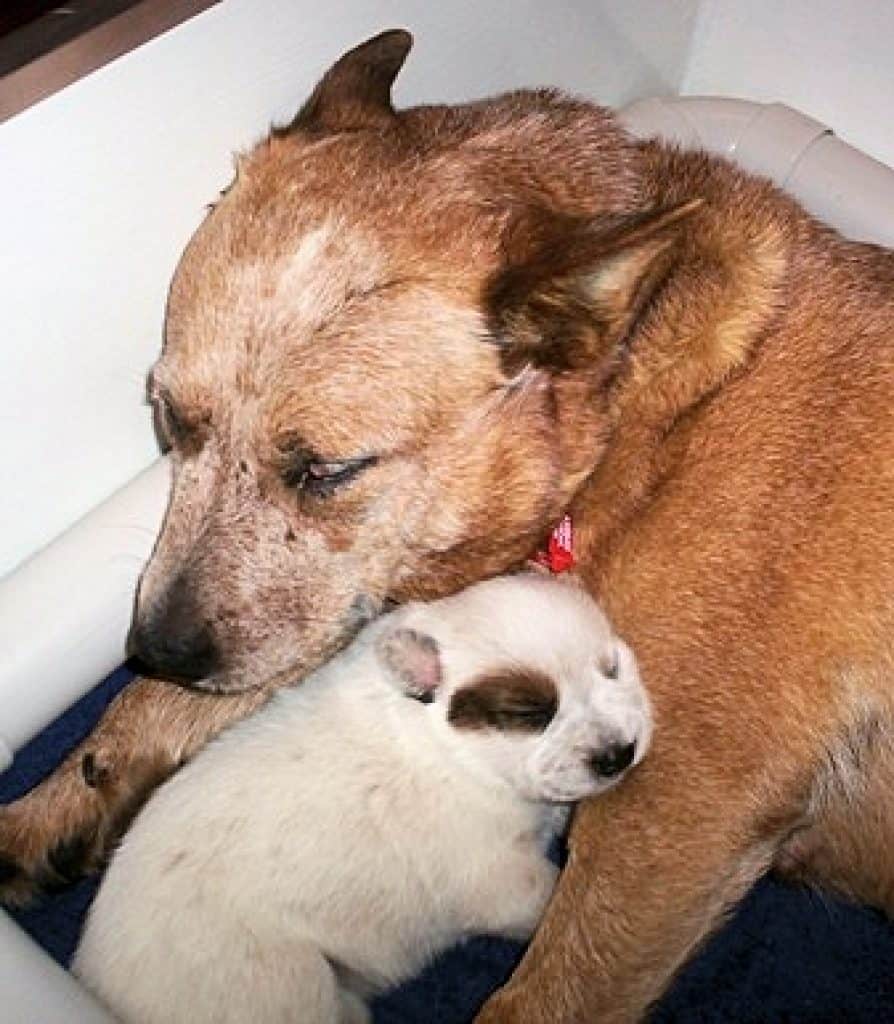
Interestingly, at birth, all Heelers have the same color. They’re all born white, sometimes with random darker markings around eyes or ears.
As a adult dogs ,Blue and Red Heelers are the most common variants of the Australian Cattle Dog.
Purebred dogs of this breed will almost never be in any other color, although they can have different patterns and markings.
Besides just the appearance, the coloring of Australian Cattle Dogs also has a practical purpose.
The color pattern of Blue Heelers makes them more difficult to spot in the dark, during the night.
This is important, as it prevents them from scaring the livestock. Frightened cattle can react unpredictably and often kick and injure the dog.
On the other hand, the distinctive red color of Red Heelers made it easier for farmers to distinguish them from wild dingoes and prevent the dogs from accidentally getting shot.
Blue Heeler Colors
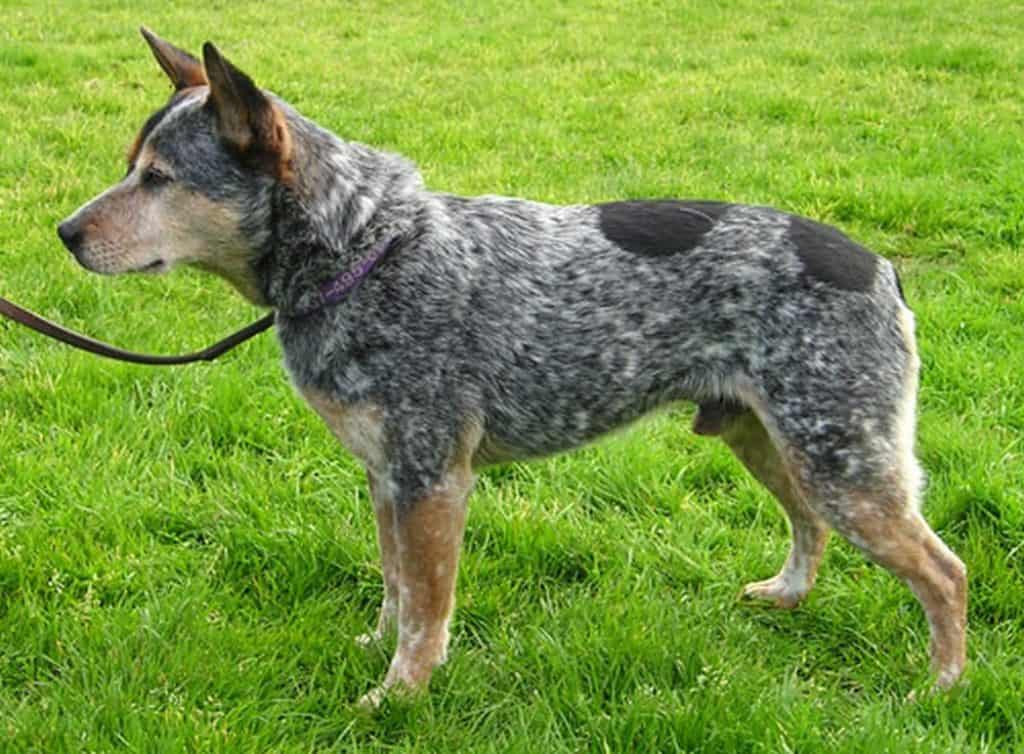
Blue Heeler’s base coat color is actually not blue, but black.
However, white hairs spread all over the body give them a sort of bluish color which is how they got their name.
Some dogs will have more white hair and appear to be a lighter shade of blue.
Likewise, Heelers with less white hair will feature a darker shade of blue. The blue coat is commonly speckled to mottled.
When speckled, the stripes of white hair will irregularly grow through the coat’s black base.
The mottled blue coat has a somewhat lighter base color, but plenty of smaller dark spots.
These spots are not bigger than the size of the fingertip. Some dogs will have regular evenly dispersed tan, blue, or black markings.
It’s not unusual for some Blue Heelers to have black patches around their eyes. The chest and front legs may have vast tan markings.
Red Heeler Colors
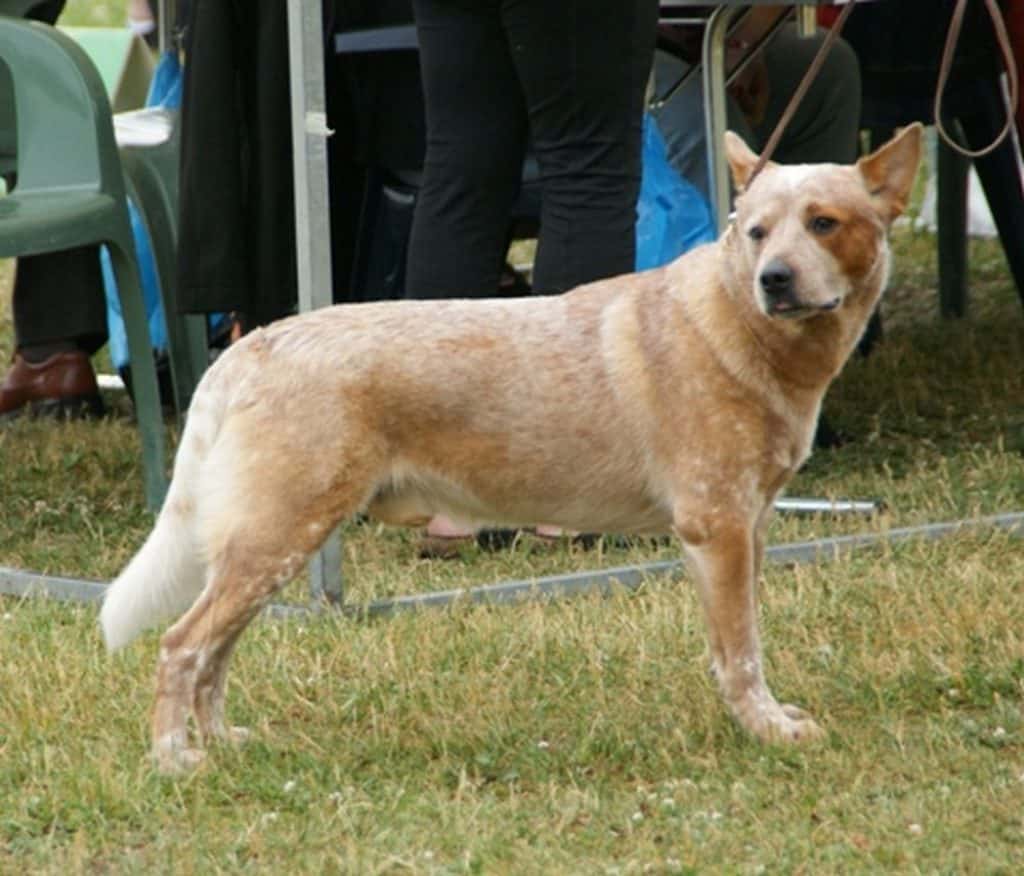
The other common Australian dog variant is the Red Heeler. The base of their coat is reddish, brown, or ginger.
Just like Blue Heelers, they have a huge number of white hairs dispersed across the topcoat.
Another similarity is that they also have two common color patterns, speckled and mottled.
Red Heelers may appear to have a lighter or darker shade of red, depending on how frequent and how distributed these white hairs are.
Some will have Bentley spot or Bentley star. This is a small white hair spot on their forehead, located between eyes and ears.
Bright red masks over one or both eyes are also common.
What Breeds Make the Australian Cattle Dog?
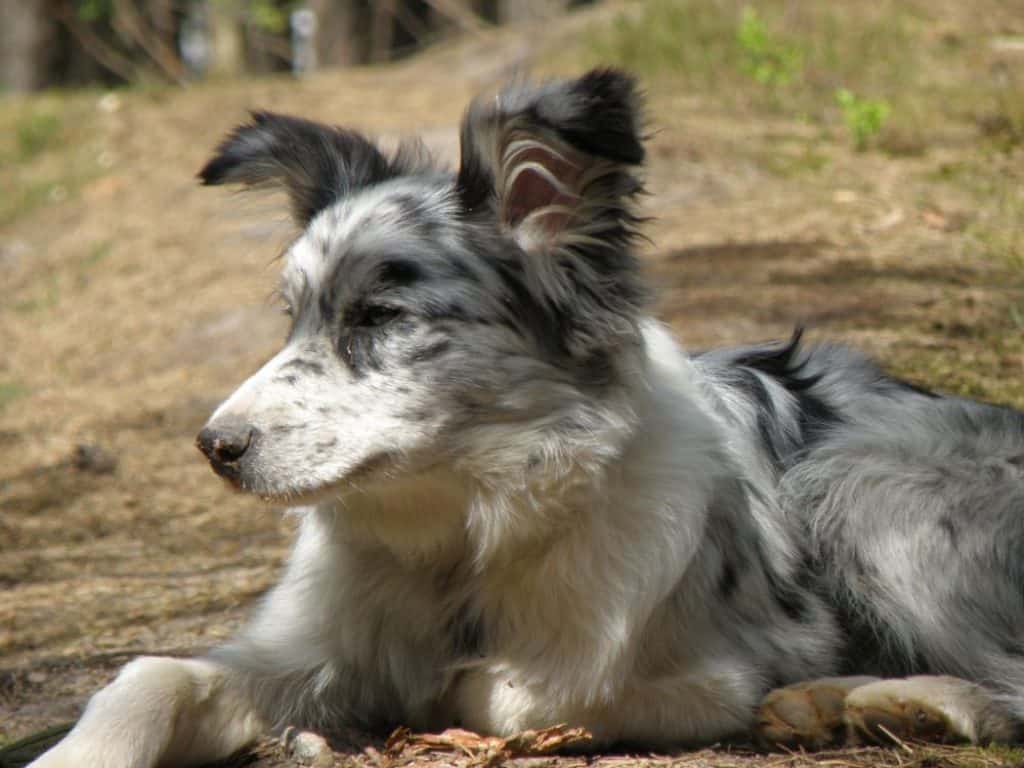
Australian Cattle Dogs date back to the early 1800s.
The British settlers found their shepherd dogs incapable of thriving in the rough areas of the Australian Outback.
So, they tried to develop a herding breed that will be tougher and more resistant to the harsh living conditions.
In 1840, a British emigrant Thomas Simpson Hall attempted to accomplish this by crossbreeding homeland shepherd dogs with Australian wild dingoes.
It’s not totally clear which breeds were used, but most sources point to different Collie strains.
The majority of canine experts believe that the most likely ancestor of the Australian Cattle Dog is Blue Merle Highland Collie.
This is probably where Blue Heelers got their color from.
As the development continued, the Heelers were further crossbred with Australian Kelpies, Dalmatians, and Bull Terriers.
Kelpie genes brought endurance, Bull Terriers brought tenacity, and Dalmatians are the reason why the ACDs are born white.
Conclusion
I hope that I managed to clear some of the confusion when it comes to Australian Cattle Dogs.
As you can see, Blue Heelers, as well as Red Heelers, are nothing more than color variants of the breed.
If you’ve decided to get the Australian Cattle Dog, the choice between Blue or Red Heeler is only a matter of personal color preference.
Whichever ends up being your choice, your family will get a wonderful pet.
While each dog may have a slightly different temperament, all Australian Cattle Dogs share common traits.
They’re hard-working, energetic, and loving dogs that will get along and enjoy spending time with their owners.
Blue or red, your family will certainly get a new affectionate and loving member.

